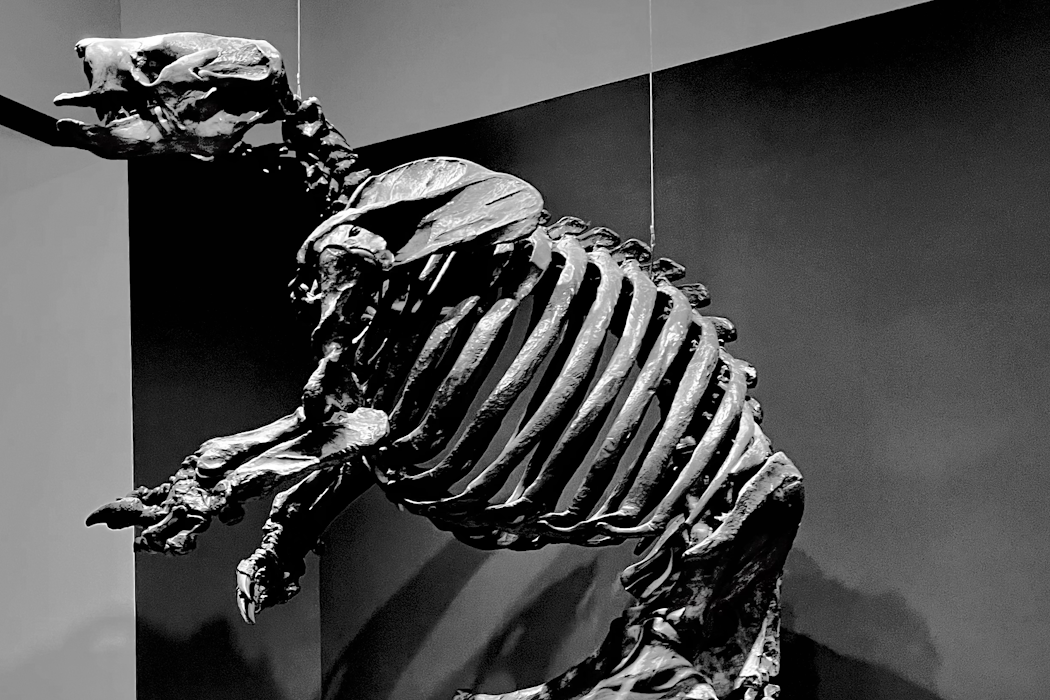Fossilized teeth from two giant ground sloth species, Harlan's ground sloth and the Shasta ground sloth, reveal they occupied distinct ecological roles in prehistoric North America. Unlike modern sloths, these extinct giants were massive and played crucial roles in shaping ecosystems. Analyzing dental microwear patterns, researchers found that Harlan's ground sloth, the larger species, consumed tough foods like tubers, seeds, and fruit pits, indicating it foraged both above and below ground, likely excavating soil and dispersing seeds.
In contrast, the Shasta ground sloth exhibited wear patterns consistent with a diet of leaves and woody plants, such as yucca and agave. Neither sloth species' diet fully overlapped with other herbivores in the region, such as camels, horses, and bison. This indicates that these two giant ground sloth species partitioned their food resources and performed complementary ecological functions, acting as unique ecosystem engineers.
The extinction of these megafauna at the end of the Pleistocene led to significant ecological consequences. Harlan's ground sloth, for example, was a megafaunal ecosystem engineer whose foraging habits influenced soil structure, nutrient cycling, and seed dispersal. The loss of these animals meant that certain plants, which relied on them for seed dis... download the app to read more
YoyoFeed ! Follow top global news sources, read AI-powered summaries, ask AI your questions, translate news into your language, and join live chats — all with YoyoFeed!


